In, Over, Under, and Over, One of Flynn’s Favorite Hideaways: Fourth of July Cove
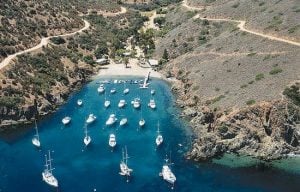
Fourth of July Fireworks over The Fourth of July Cove, to the music of John Philip Sousa, plus a musical tribute to the Armed Forces.
— Tim
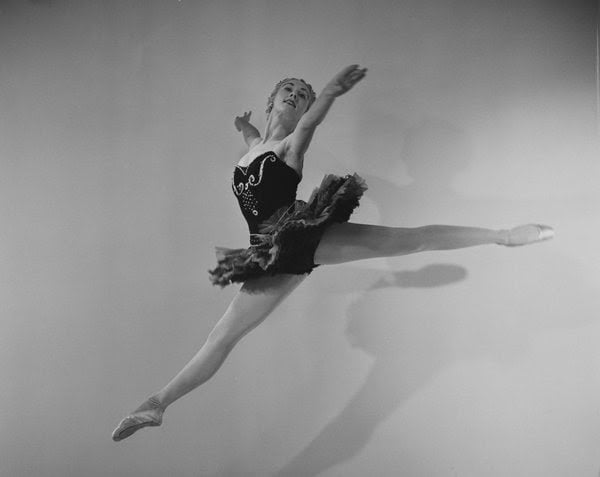
REMEMBERING GILLIAN
www.dancemagazine.com…
ERROL AND GILLIAN
Dame Gillian travelled to Sicily in 1953 to film The Master Of Ballantrae. In the credits Gillian Lynne’s part is listed as “Marianne, a dancer favoured by Captain Mendoza” but it wasn’t long before it became clear that she was favoured by the Hollywood legend who had the leading role, one Errol Flynn.
Asked how their affair came about, she says: “It was very difficult for it not to come about! He was a gorgeous man and he was very witty, very funny and well educated actually. It wasn’t all about sex, it was all about fun. We liked each other.
“I would never have been chosen for the role if he hadn’t liked me because they were looking for a blonde woman with big boobs and then they saw me dancing at the Palladium. I was thin with tiny boobs and dark hair but I was sexy. I’m a sexy dancer. Most dancers are sexy. We had a lot of quite steamy scenes, nothing in the bedroom, thank God. All out in the sun.”
Their on-set fling lasted for two months, with the couple enjoying drinks in the bar of Palermo’s exclusive Villa Igiea and taking boat trips up and down the Sicilian coast. In the decades that followed, Dame Gillian went on to become one of the country’s most successful choreographers (Cats, Phantom Of The Opera) and has directed more than 50 shows in the West End and on Broadway as well as a number of TV productions
— Tim
A Picture Quiz
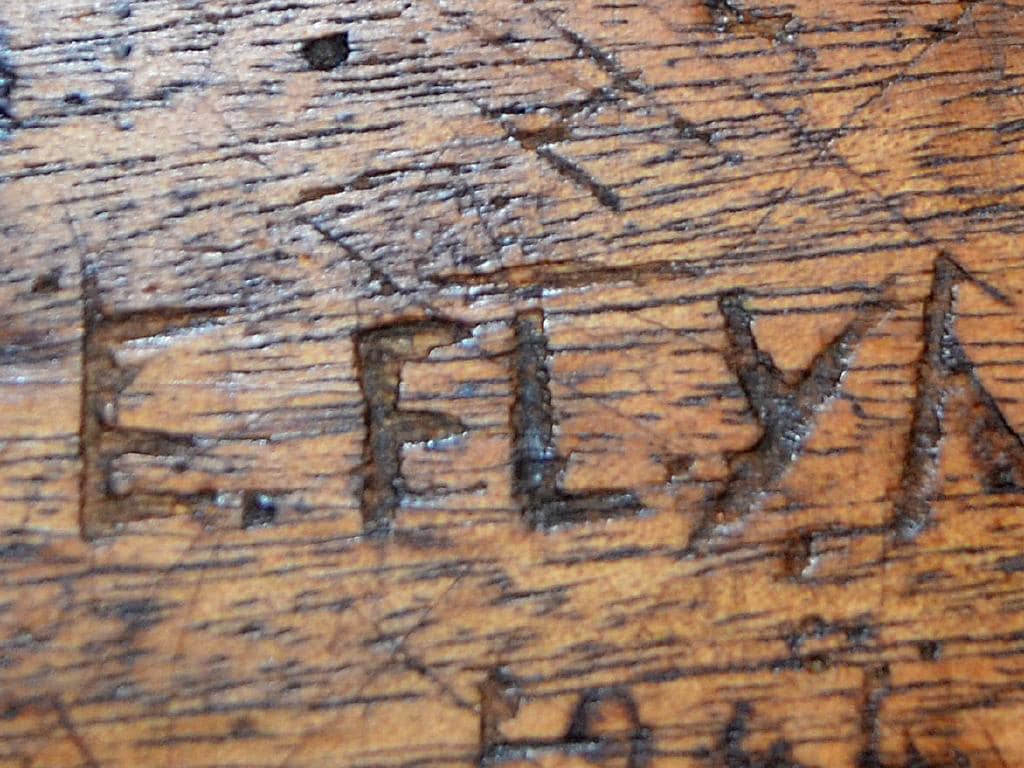
… Below photo added after winning answer by Tassie Devil
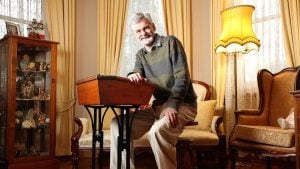
— Tim

“After more than a century lived in and out of the spotlight, the Oscar-winning actress is still going strong,
serving as an inspiration to millions around the world.”
HAPPY BIRTHDAY FROM AROUND THE GLOBE, OLIVIA!
ARGENTINA: Cumpleaños Olivia de Havilland sopla hoy 102 velitas
m-lacapital-com-ar.cdn.ampproject.org…
DEUTSCHLAND: Promi-Geburtstag vom 1. Juli 2018: Olivia de Havilland
mobil-stern-de.cdn.ampproject.org…
www-augsburger–allgemeine-de.cdn.ampproject.org…
ESPANA: A punto de cumplir 102 años, Olivia de Havilland sigue conservando su espíritu combativo
www-lanacion-com-ar.cdn.ampproject.org…
ITALIA: Olivia de Havilland, l’ultima diva della golden age di Hollywood compie 102 anni
Tanti auguri a Olivia de Havilland! 102 anni della diva di Via col vento I
Olivia de Havilland, l’ultima diva della golden age di Hollywood compie 102 anni
POLSKA: Olivia de Havilland, Melania z “Przeminęło z wiatrem”, kończy 102 lata
kultura-onet-pl.cdn.ampproject.org…
UNITED STATES:
— Tim
Seal of the Archdiocese of Burgos, Spain
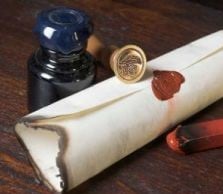
![]()
Archbishop of Burgos, Manuel de Castro Alonso
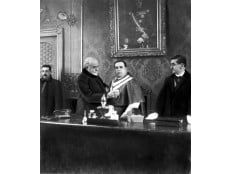
Generallisimo Francisco Franco
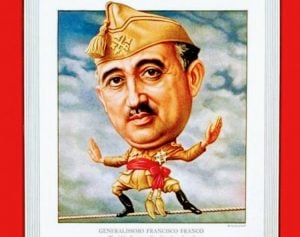
Forty Years of Censorship
elpais-com.cdn.ampproject.org…
A new book recounts the alterations made to movies and their posters by censors during the Franco regime.
The censors’ scissors were never idle during the Franco dictatorship. The movie industry, with all its provocative and insinuating images, was a great source of headaches for the watchdogs of public morality – especially since going to the movies was the main form of entertainment for society in the wake of the Spanish Civil War.
And so censors were very careful to ensure that any film that was screened in Spain contained no negative influences on issues such as religion, politics, the army, prostitution, divorce or adultery.
Sex became a real obsession for the regime, and it was persecuted with all the weapons at the censors’ reach. Poster draftsmen and movie theater impresarios had to really stretch their imaginations to make their billboards reflect the American, English or French realities. This was not always achieved.
A new book, La Censura Franquista en el Cartel de Cine (“Franco’s censorship in movie posters”), by Bienvenido Llopis, analyzes 40 years’ worth of censorship in Spain through films. The conclusion is that cleavages were reduced, legs were covered up, and scenes with beds in them were avoided altogether.
Movies were banned and stills were cut out,” Llopis notes. “But it was just as important to control movie advertising. Major Hollywood stars who embraced the Republican cause – James Cagney, Joan Crawford or Robert Montgomery – had their names pulled from Spanish movie posters, while titles that might suggest a double meaning were changed.”
The idea for the book came to Llopis one Sunday morning at the Madrid flea market, the Rastro. There he was, sitting at his stand, selling movie memorabilia, when a man showed up saying he had a program for the movie Camino de Santa Fe, which had obtained the censors’ approval everywhere in Spain save for the city of Burgos. The archbishop there insisted that Errol Flynn and Olivia de Havilland’s kiss be hidden with a seal.
The man turned out to be the owner of a movie theater in Burgos, and he promised to return with the movie program. “I waited for him for many Sundays, until one day he showed up again, and when I saw [the program], I thought I have to make a book out of this.”
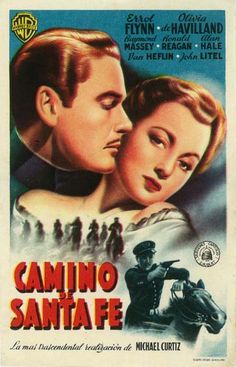
— Tim
Speaking of Football … Some believe this fellow below looks a lot like Flynn. What do you think?
P.S. Note the Flynn-like logo on his blue French Football Federation uniform.




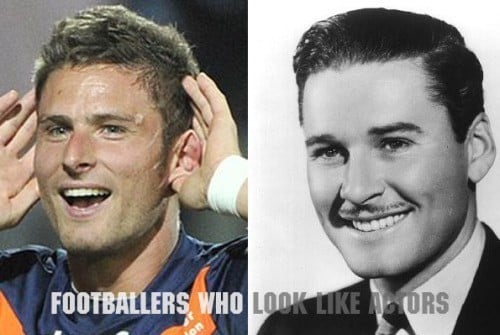
— Tim
A QUIZ
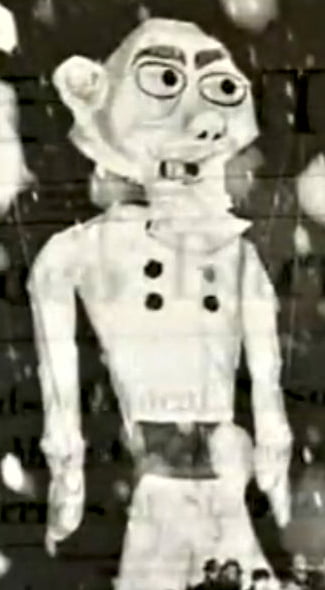
What does this image above have to do with Errol?
Clues to use:
1) He started it, in more ways than one.
2) It involved Warners Bros.
3) It almost involved Olivia.
4) OMG was involved first.
5) It’s still happening.
——-
This photo added on Wednesday, June 27 (2018), after Karl’s correct answer to the quiz:
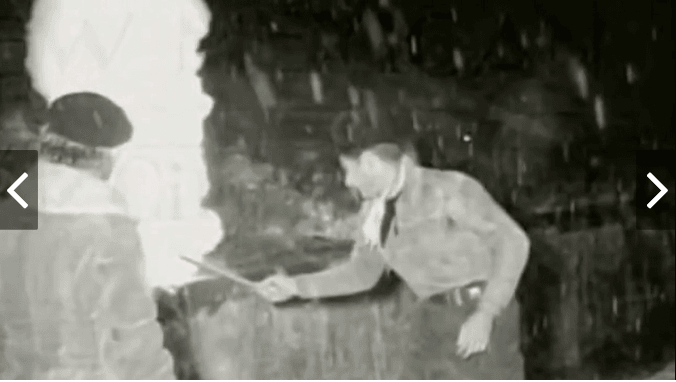
— Tim
“ERROL FLYNN EN CARTEGENA”
What would you do if the most popular actor in the world arrives at the door of your house at that time, greets you with your name and asks for permission to enter?
The first thing would be to be amazed and that is what happened to Don Antonio Fuentes, founder of the first record company in Colombia, the one with the yellow seal, the one with the Clock Tower of Cartagena.

Don Toño, as he was familiarly called by his employees and neighbors in La Heroica, was born in Cartagena on May 18, 1907, had toured several countries and even fell in love with the Hawaiian guitar. Upon returning to [Columbia] he set up the Emisora Fuentes and determined to rescue the autochthonous rhythms of the Caribbean. In 1934 he made the first productions of figures such as Guillermo Buitrago, Esther Forero, Los Trovadores de Barú, Lucho Bermúdez, Los Corraleros de Majagual, Pedro Laza, Rodolfo Aicardi, Los Hispanos, Gustavo Quintero and dozens of other groups.
La Heroica, Cartagena:
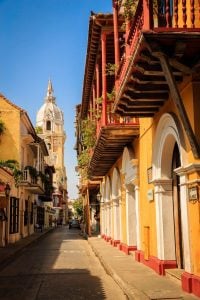
I always asked the artists if they had “some verses” out there and with that, I was able to do a whole song and a success. Sometimes the musicians would tune or give one more note and Don Toño would simply say, “leave that so that’s what you’re going to like”, as indeed it happened.
Thanks to the contacts of Don Toño Fuentes, the recordings were reproduced in countries such as Mexico, Cuba, Argentina, Venezuela and the United States. He had a recognition in many countries and was the great ambassador of Colombian music.
For his part, Errol Leslie Thomson Flynn, known as Errol Flynn, was the most popular actor in the decades of the 30s, 40s and 50s and was born in Hobart, Australia on June 20, 1909. He was nationalized as an American and became a star for his characters of heroes, where he combined great kisses with his adventurous movements.
One of those roles was the first version of Robin Hood, where despite appearing in green tights, a hat with feather and leather gloves, conquered the hearts of thousands of young people who melted to see the way they twisted the lips of the protagonists of the stories.
He is remembered for his roles in films such as “The Light Brigade’s Charge”, “Robin of the Woods”, “The Private Life of Elizabeth and Essex”, “Camino de Santa Fe”, “They Died with Their Boots on”, “The Island of the Corsairs”, “Swords Crossed”, of a roll of more than 50 films.
As a fan of yachting he sailed to Cartagena, according to Don Gabriel Pulido, promoter of Discos Fuentes in Bogotá. When he arrived at the walled city, he did not have a hard time finding the house of Don Toño Fuentes, where he was well received, tasted good rums, ate up the head of a cat, dined on the beaches and danced the best of coastal music.
It was an unforgettable visit [after which] he continued with films, romance, and adventure.
On October 9, 1959 he traveled to Canada in order to sell his yacht and when he was going to ride the plane back he felt bad, a doctor gave him a few days off and on October 15 he died a heart attack. The idol of the cinema left, after scarcely 50 years, [but not until after] enjoying the rum and rumba of Cartagena.
____________
Here’s a Sound on Sound account of Don Tono and Disco Fuentes:

www-soundonsound-com.cdn.ampproject.org…
— Tim